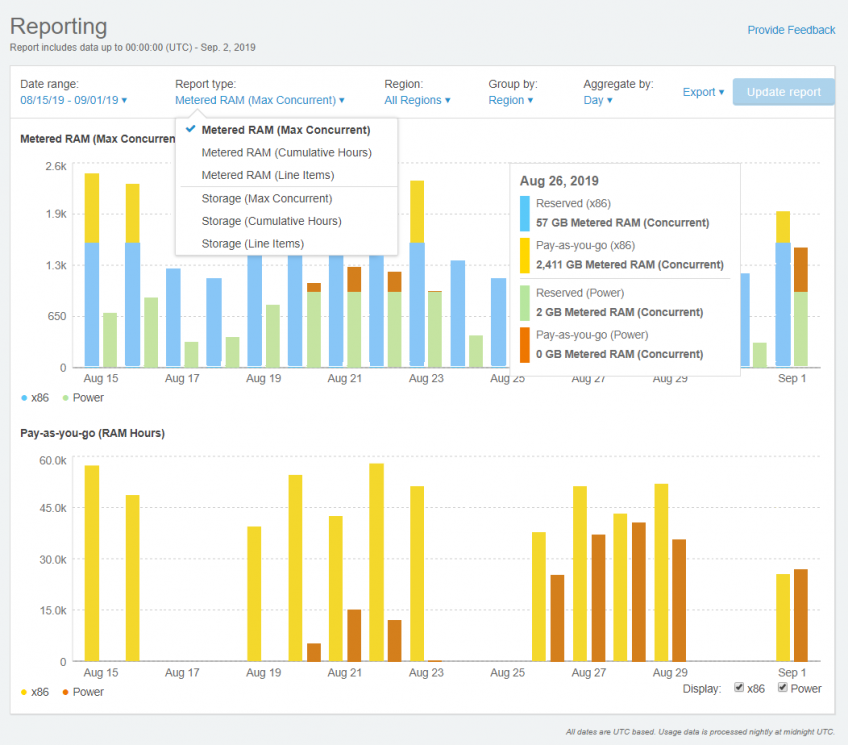A usage report showcases how many people are using your site, the most popular site resources, and who uses them the most. It also provides information on who clicked promoted results and which searches had low clicks.
This report type gives valuable insights into customer patterns and helps you learn from mistakes. It can help you improve your product and predict future trends.
Data room analytics
A virtual data room is an excellent way to share documents with other people. However, it’s important to choose a provider that focuses on the specific needs of your project. For example, some providers offer a wide range of tools while others focus on a single area, such as M&A due diligence or oil and gas projects.
While the structure of a data room will vary, it’s important to use folders and topics to organize the information. This will help acquirers find the files they need quickly and easily. It’s also crucial to include version control. This feature ensures that only the most recent version of a file is available to users.
Data room analytics enables you to see the trends of how people are using modern SharePoint site pages and news posts. This can help you make informed decisions about the future of your SharePoint deployment. You can find this report in the Admin dashboard and the Reporting Center.
Security
Using usage reports, administrators can track user activity across all projects in the organization. This information helps them locate problems and find solutions quickly and effectively. For example, a website administrator may be able to correlate a decrease in disk space on the host server with publishing activities from a member. This allows them to confront the member about the issue and possibly increase disk space to prevent an outage.
Security in reports is determined by the type of data resource a report uses, and it can be defined at either the query or business view level. Depending on the report type, security may also be defined at the page level or column level.
Service Reports — Provide convenient access to entitlements, capability usage and users content for subscribed products and services, including the Alert Logic Managed Web Application Firewall (WAF). Requires a Professional or Enterprise subscription.
Access control
Access control is an important part of data security. It prevents unwanted access to sensitive information and helps you avoid costly security breaches. It also allows employees to work remotely without being limited to a single physical location or device.
Access controls are available in two forms: role-based and attribute-based. Role-based access control (RBAC) creates permissions based on groups of users rather than individual subjects, making it easier to manage. It also helps you keep track of how users use a system and identify any issues that may arise.
To compile more detailed usage reports, click the three vertical dots menu on the top-right corner and select Custom Drill Down. In the Order By field, drag and drop the fields you want to display. You can also add filters and functions to the report. Then enter a name and click Save. This will help you track your data usage trends and gain insight into your business performance.
Reporting
The usage reports are a set of files that contain information on the resource usage for each hour time slot. These files are delivered daily. They do not contain the latest data. Instead, they reflect the previous day’s data. If there are inaccuracies, these errors are corrected the next time the report is delivered to the bucket.
Usage reports are useful for monitoring and ensuring that companies adhere to agreed upon standards and licenses. They also help companies identify operational bottlenecks. These reports allow admins to review login history and other data to ensure that a company does not exceed the number of licensed users.
To create a usage report, select a dashboard in which to add the report from the Dashboard Configuration tab. Then, choose the required report type from the dropdown menu. Enter a name for the custom drill-down on the top left and click Save. You can also add a graph or chart to the report by selecting a chart object from the Graphs/Charts dropdown menu.
